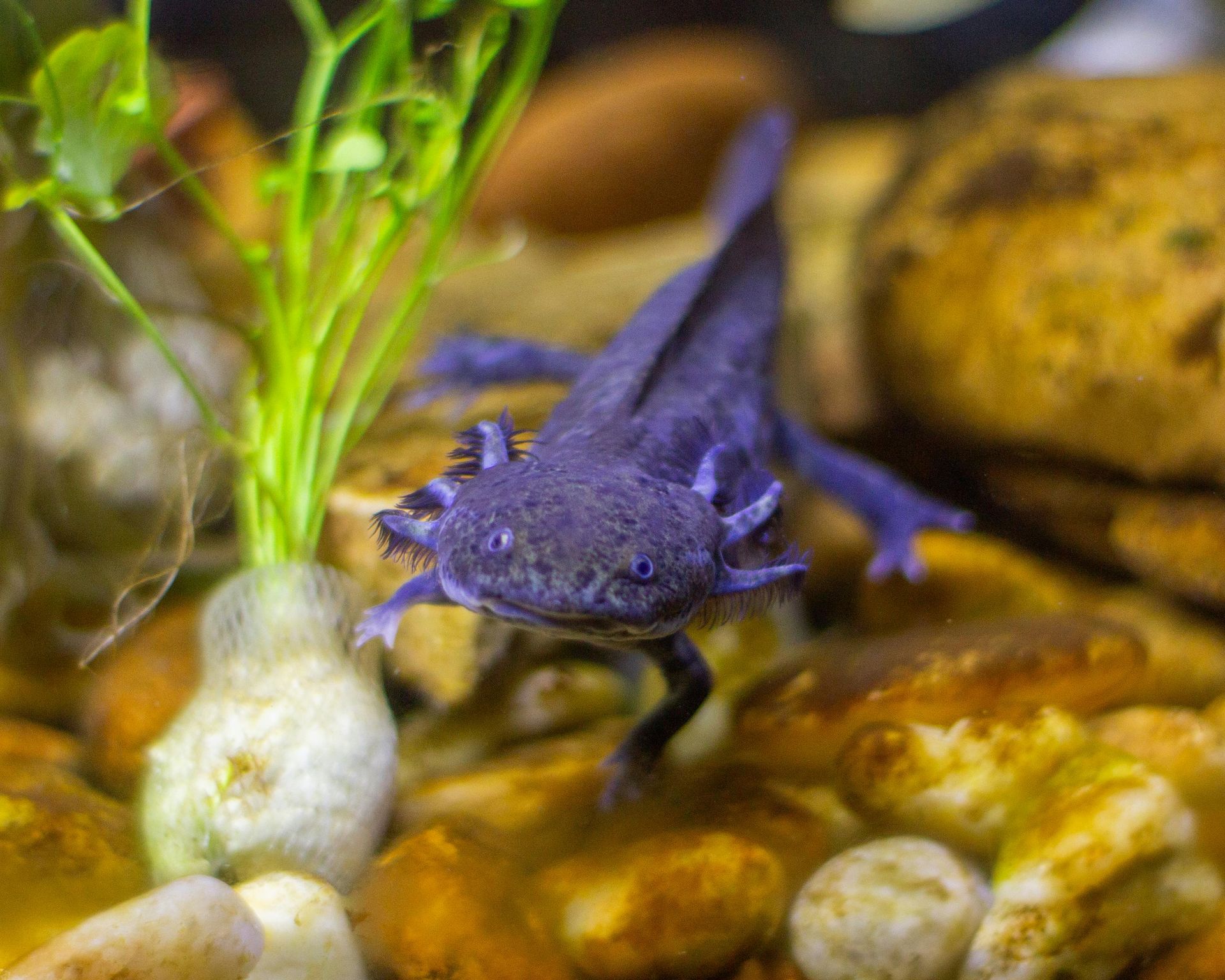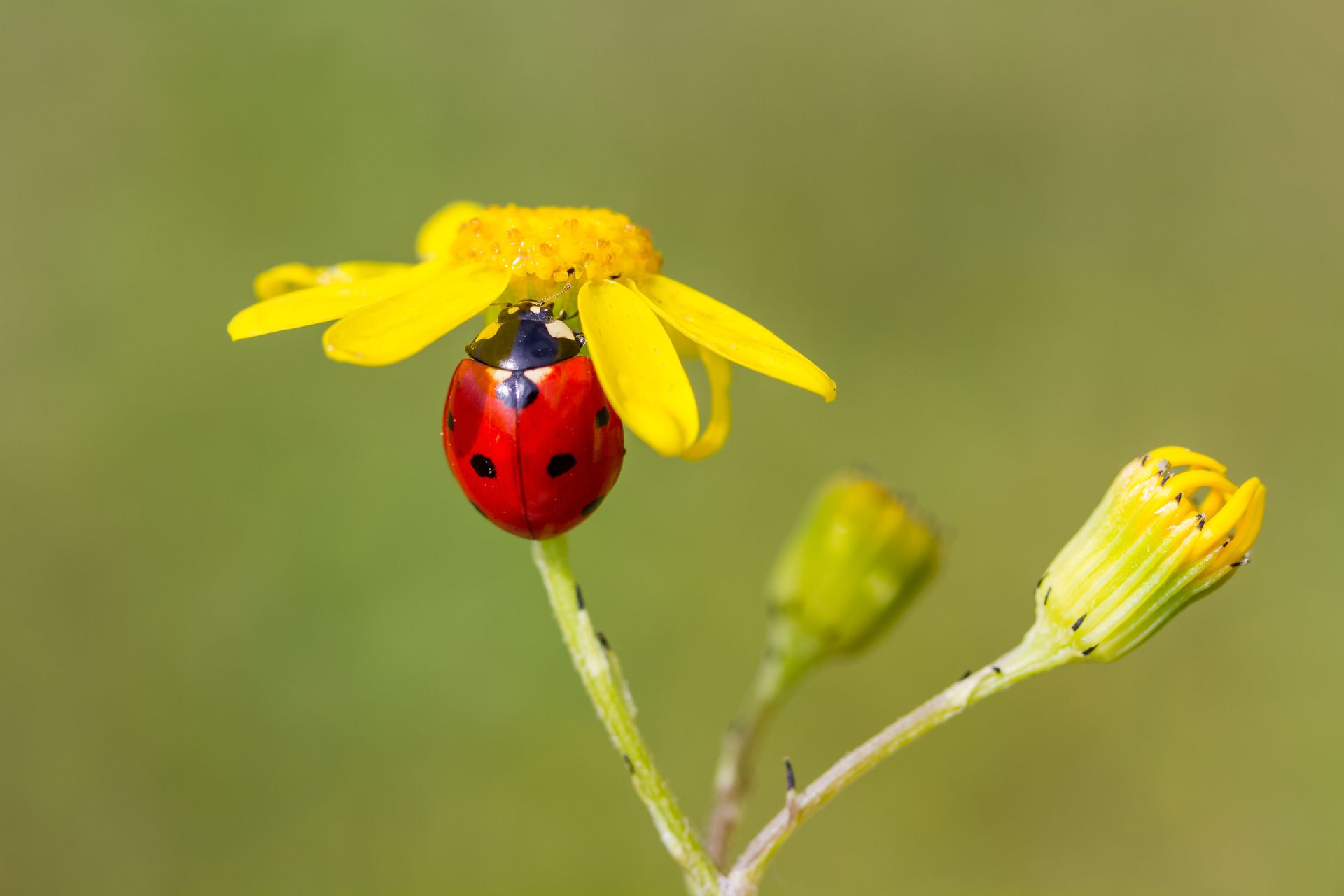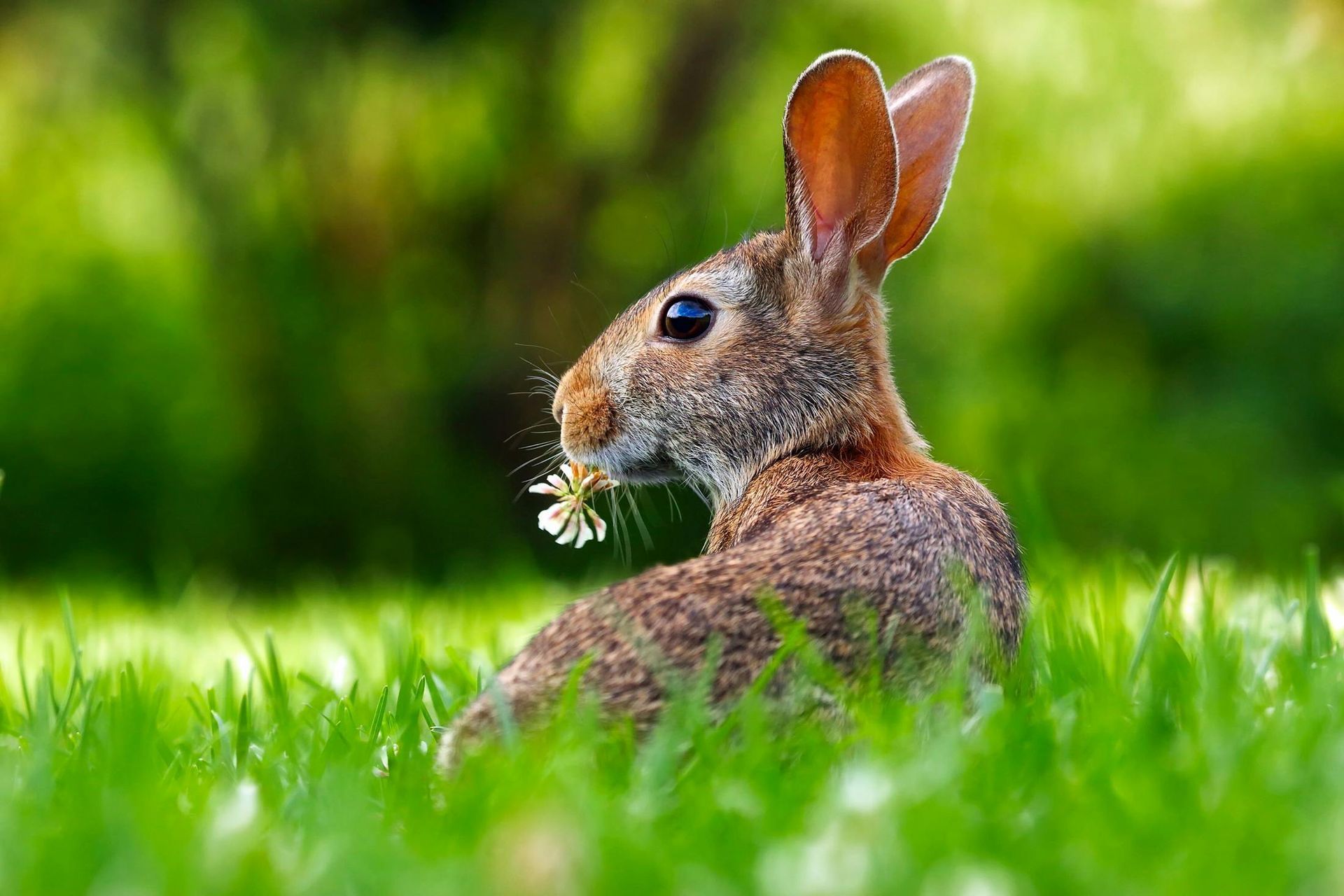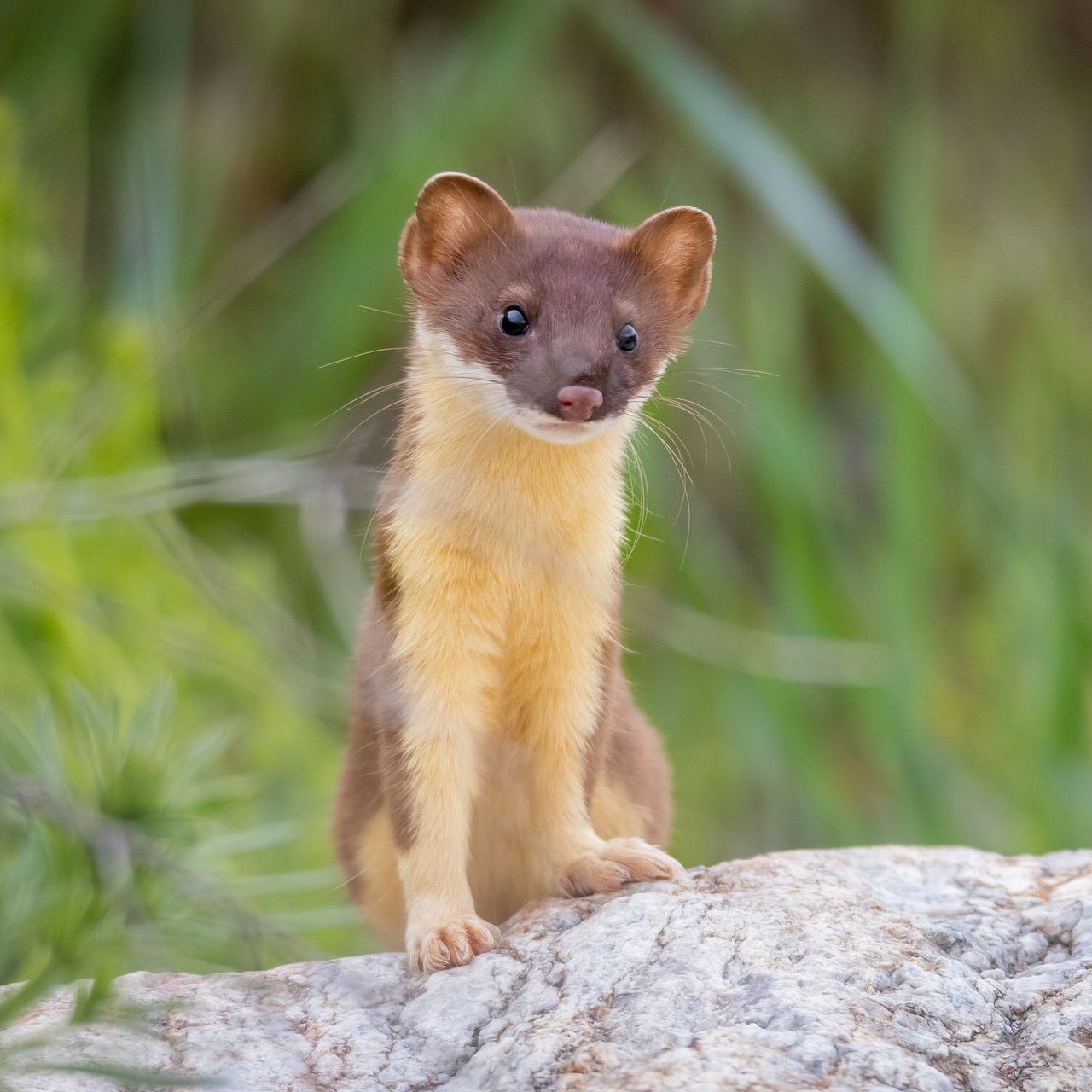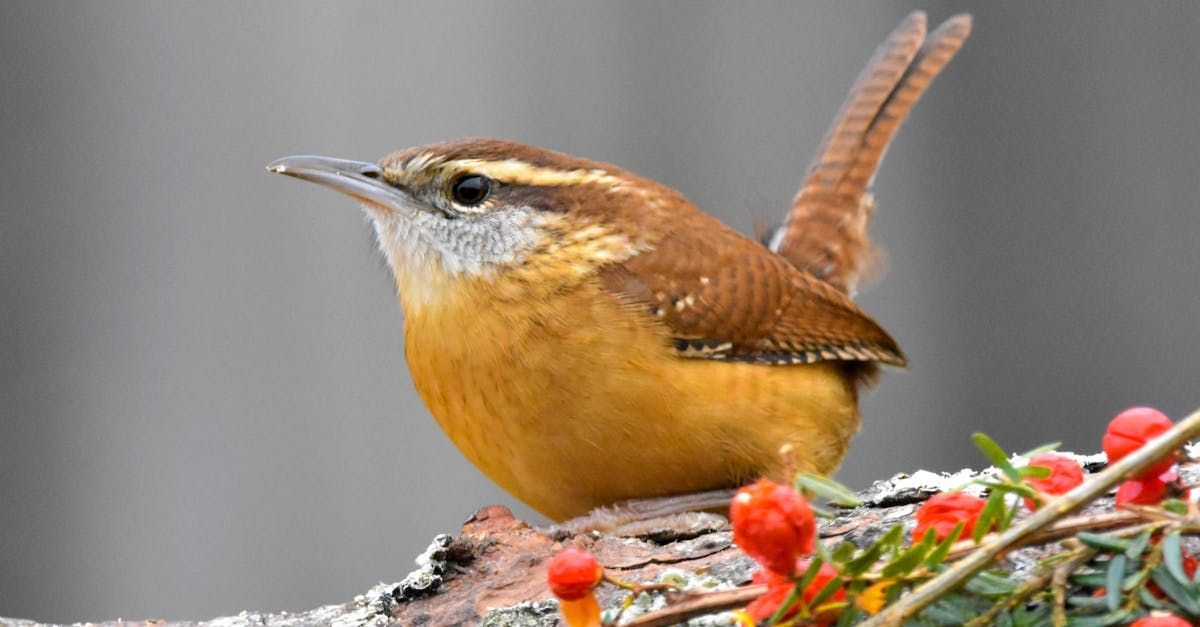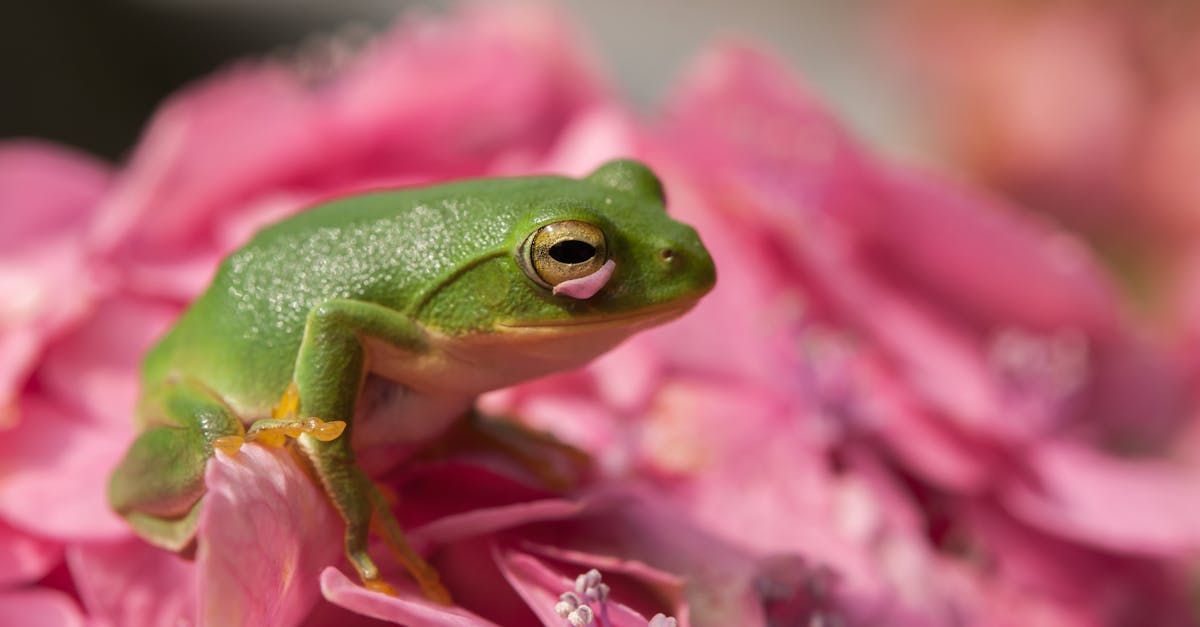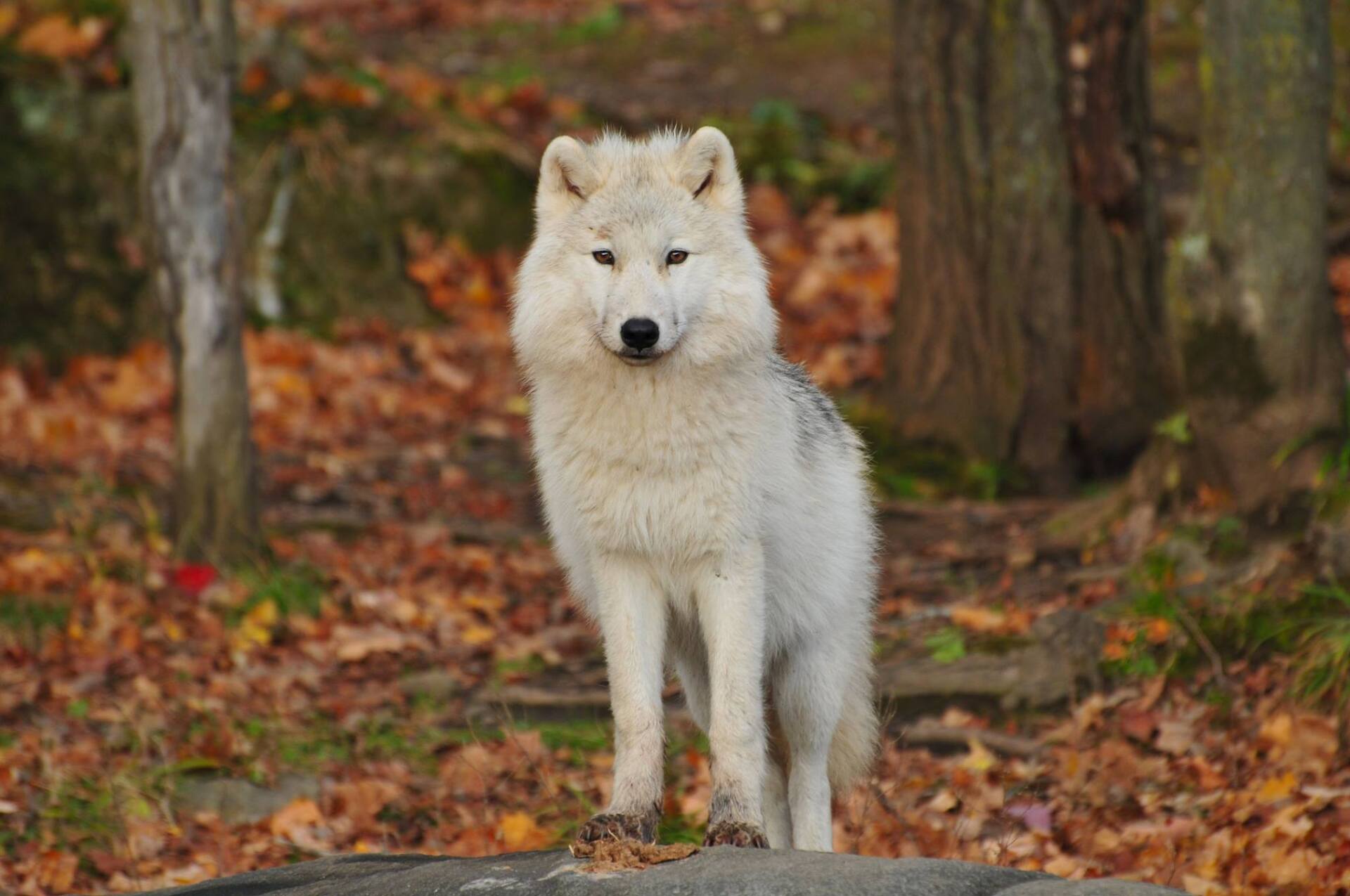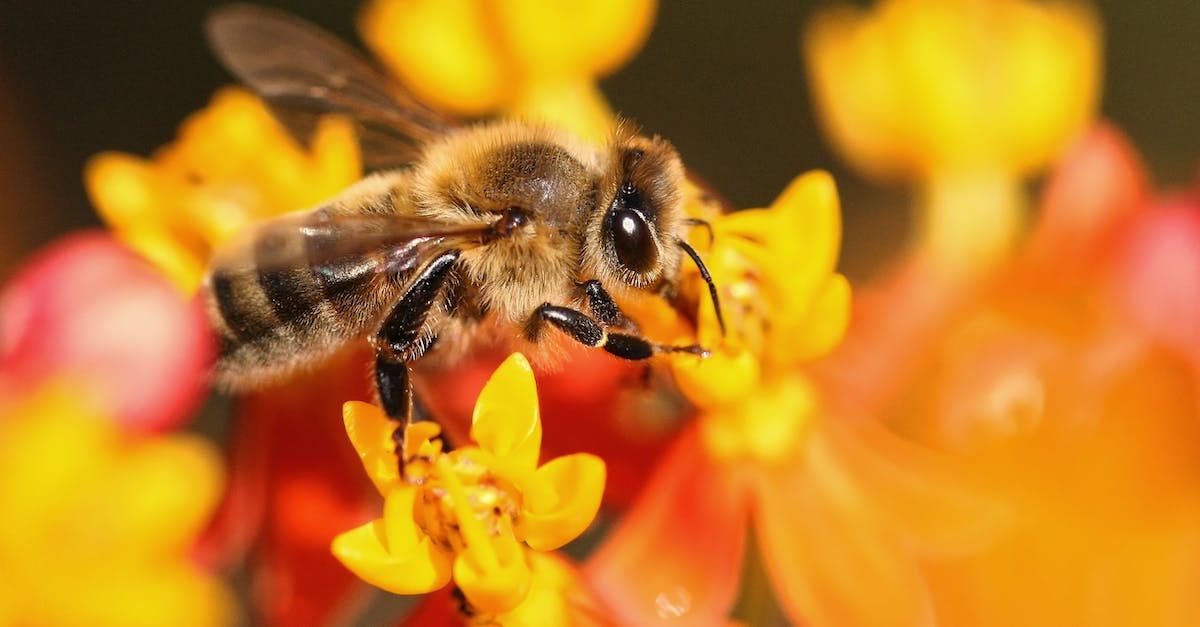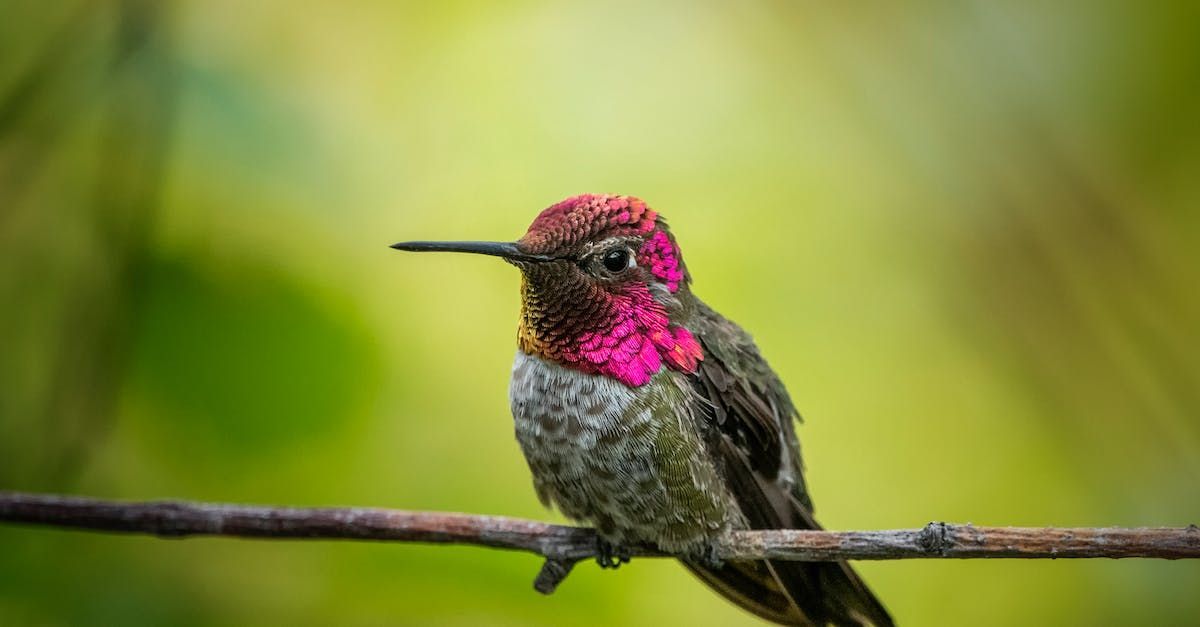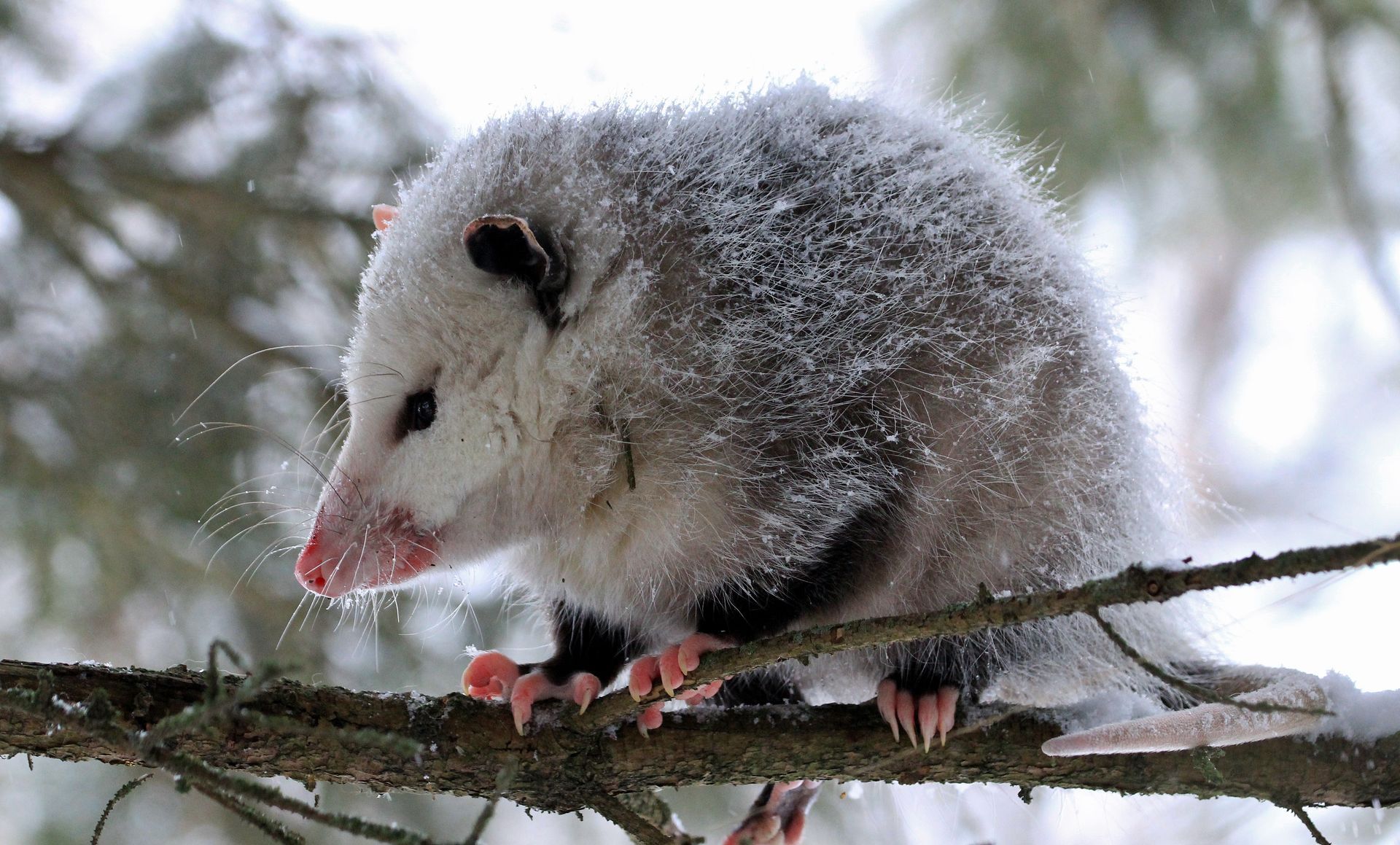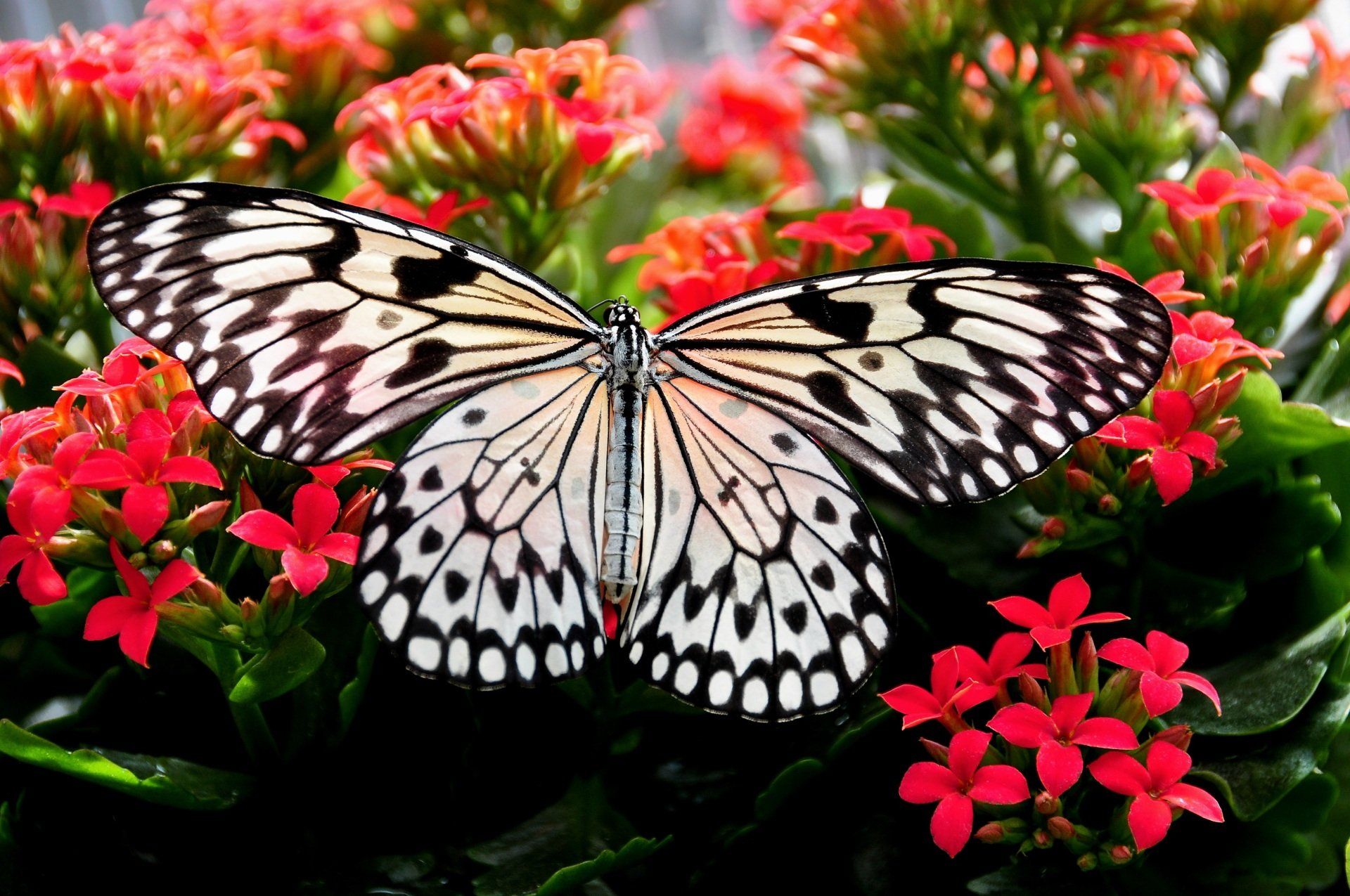LITTLE BROWN BAT
Location: Found across North America, from Alaska to central Mexico. They prefer wooded areas but can also be found in cities and rural areas.
Fun Fact: These bats are known for their mosquito-eating abilities!
Renée DeVincent
Renée DeVincent
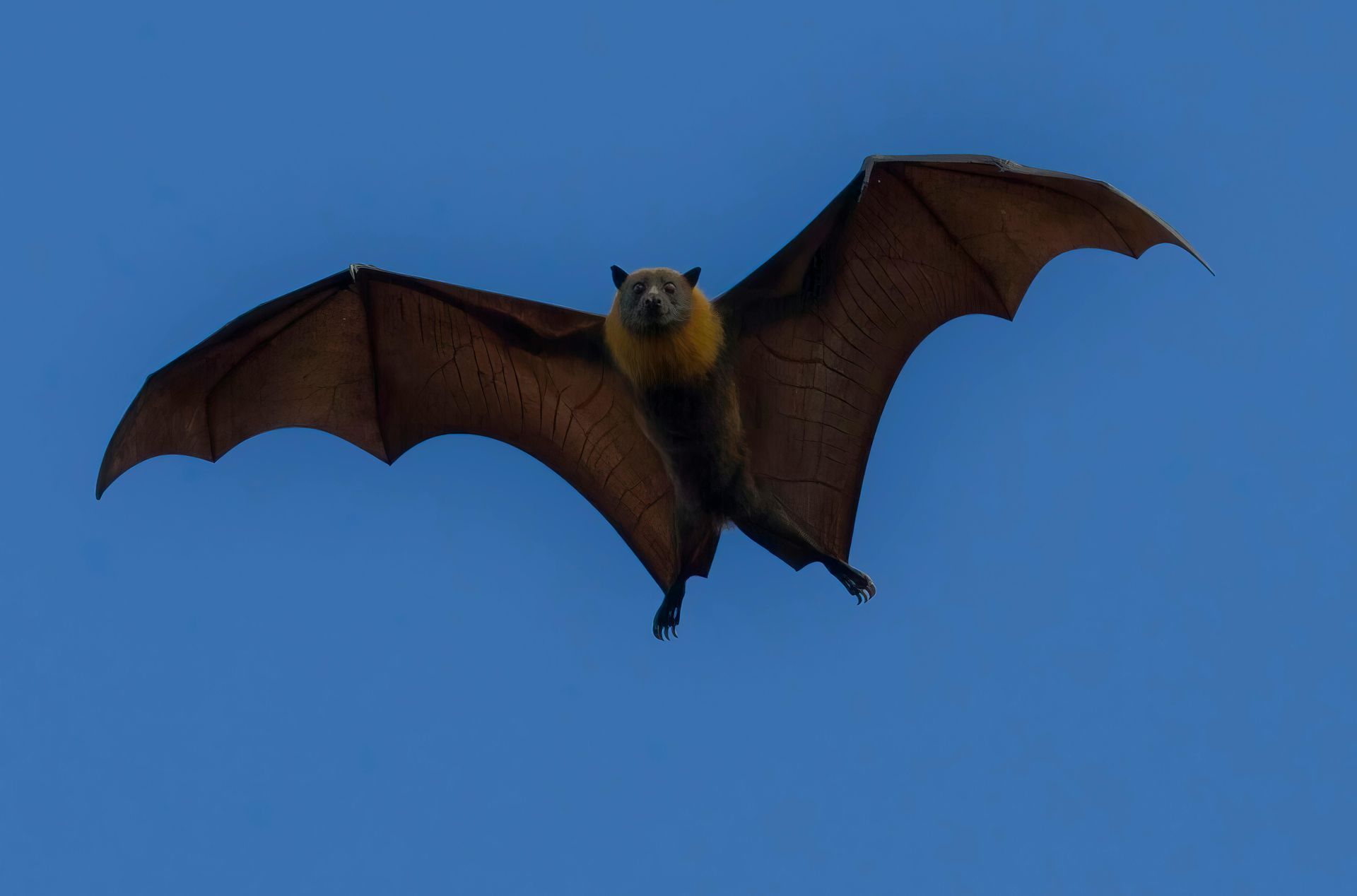
While some people think bats are spooky, they’re actually amazing helpers! Each night, a bat can eat between 6,000 and 8,000 bugs, which keeps the mosquito population down. Some bats can eat up to 1,200 mosquitoes in just one hour. They also help plants grow by spreading seeds and pollinating flowers.
With over 1,400 different species of bats around the world, each one plays a special role in nature. Bats have some incredible skills that are unique to them. Join me in this month's focus on bats and learn more about this extraordinary backyard animal.
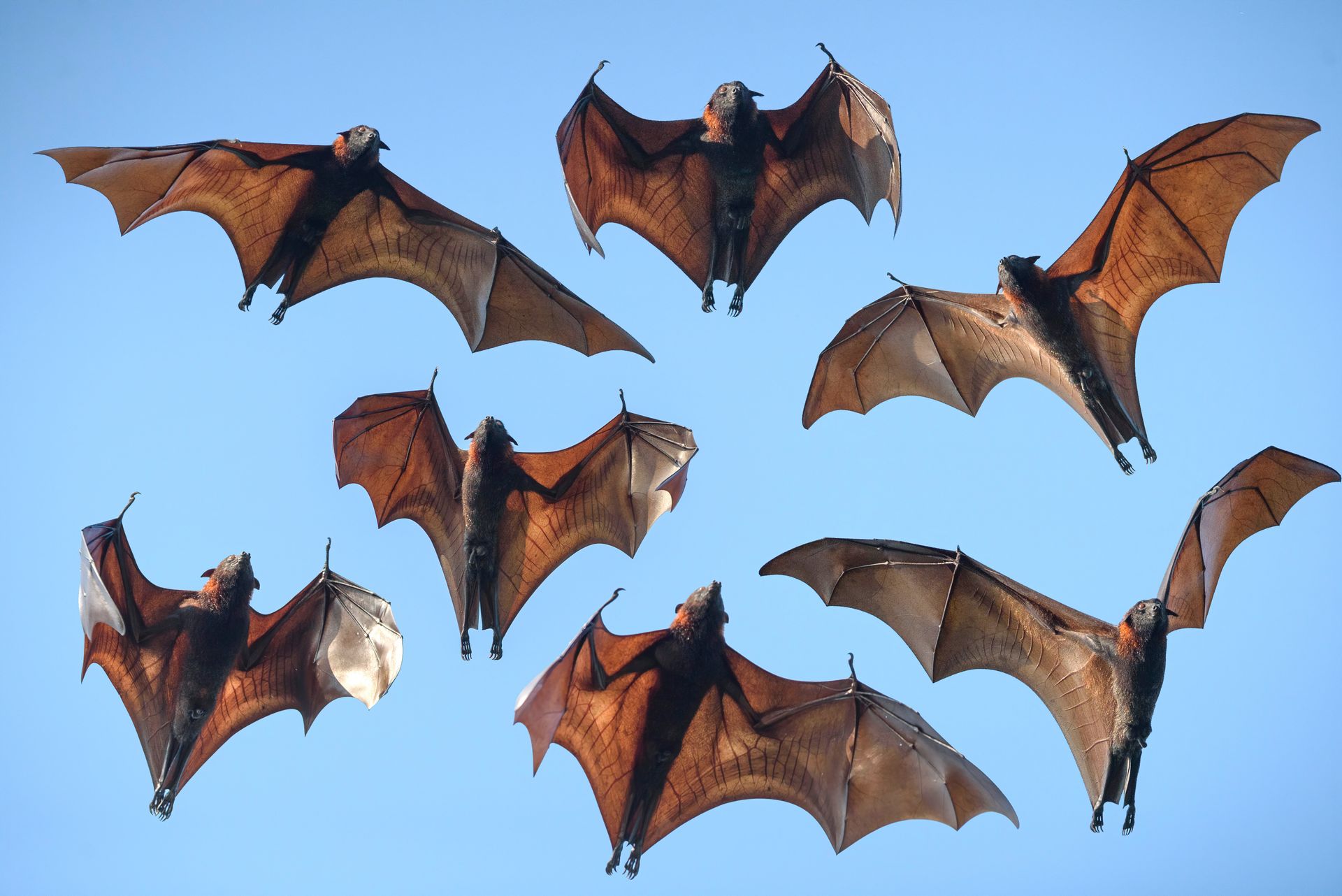
Bats use a special skill called echolocation to find their way in the dark. They make high-pitched sounds that bounce off objects around them, like bugs or trees. When the sound comes back to them, they listen carefully to figure out where things are. This helps them fly safely and catch food, like insects, even when it's pitch black outside! Echolocation is like their very own sonar system, allowing them to "see" with their ears.
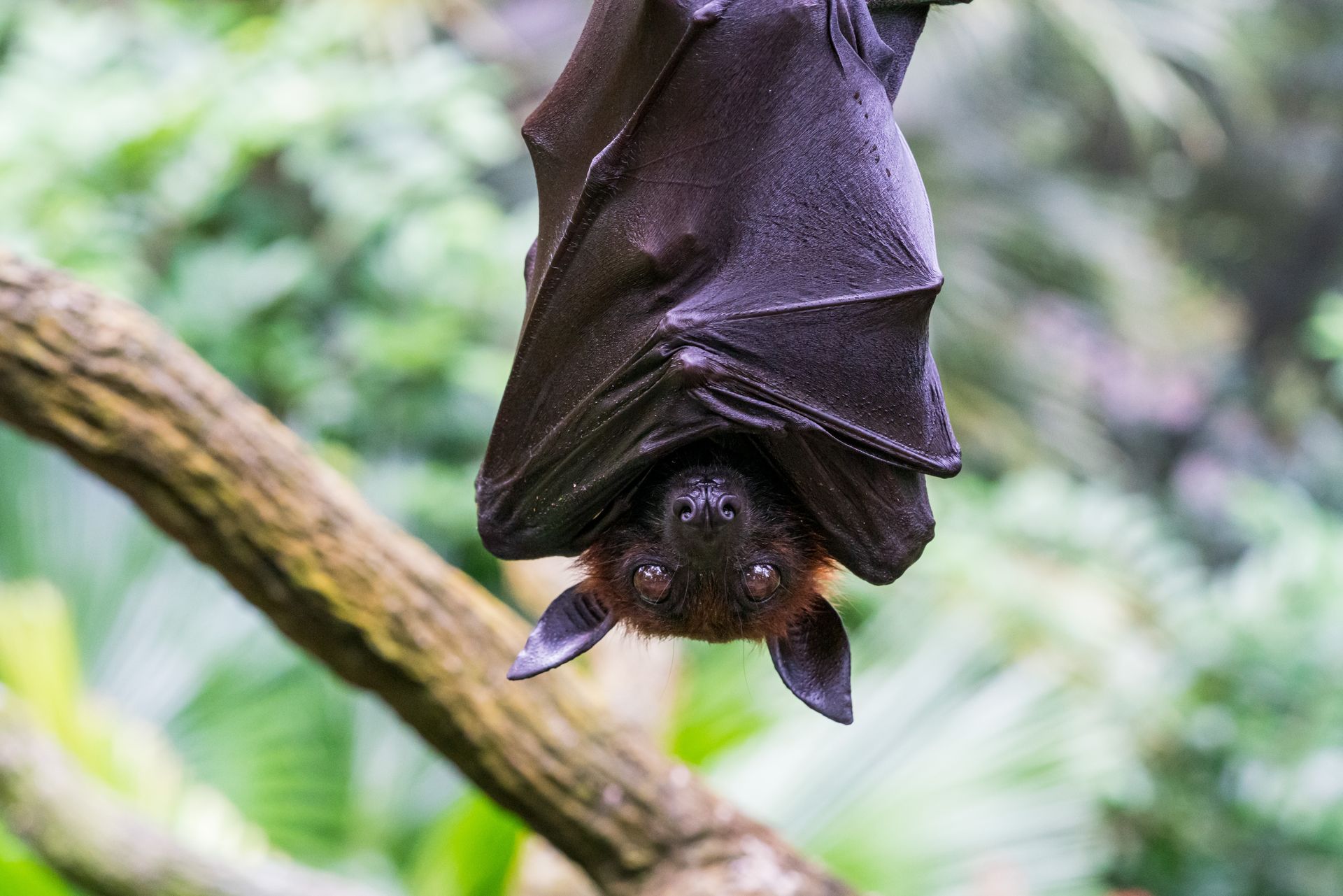
photo by MF Photo- stock.adobe.com
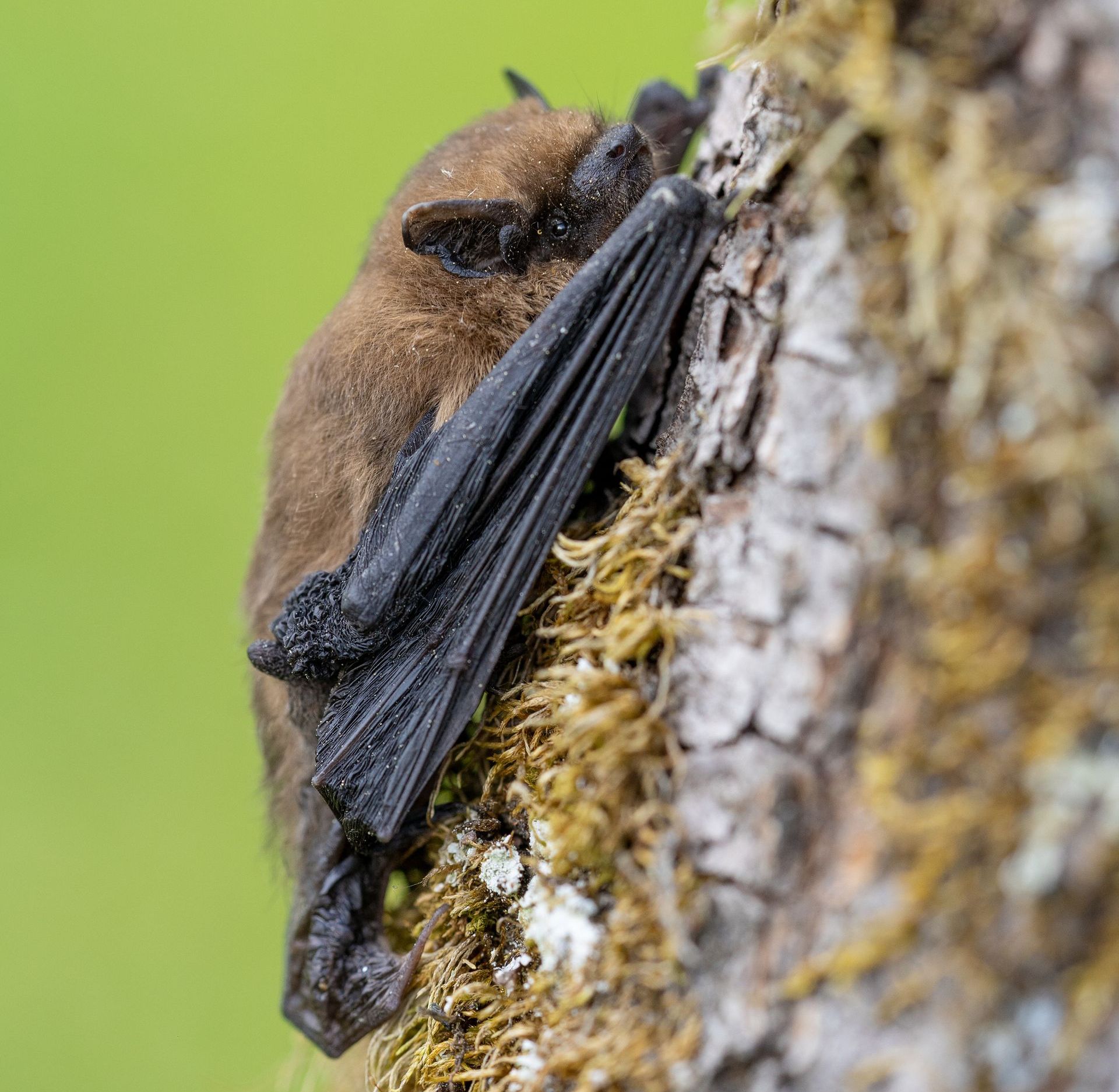
LITTLE BROWN BAT
Location: Found across North America, from Alaska to central Mexico. They prefer wooded areas but can also be found in cities and rural areas.
Fun Fact: These bats are known for their mosquito-eating abilities!
photo by van Kuzmin stock.adobe.com
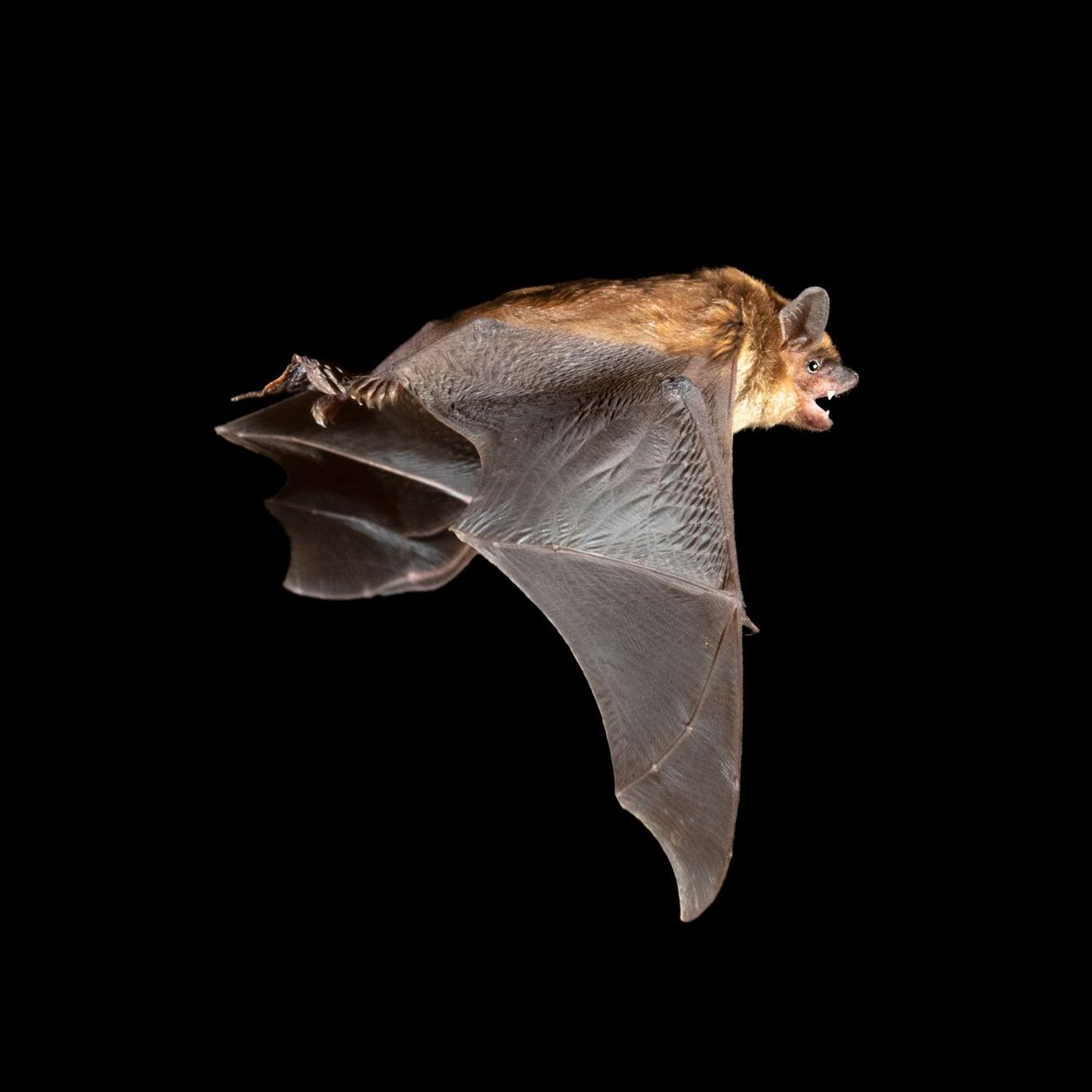
BIG BROWN BAT
Location: Native to North and Central America, particularly widespread in the U.S. and Canada. They are adaptable and live in forests, cities, and agricultural areas.
Fun Fact: Big brown bats hibernate in the winter and can live for over 20 years!
photo by stock.belizar stock.adobe.com
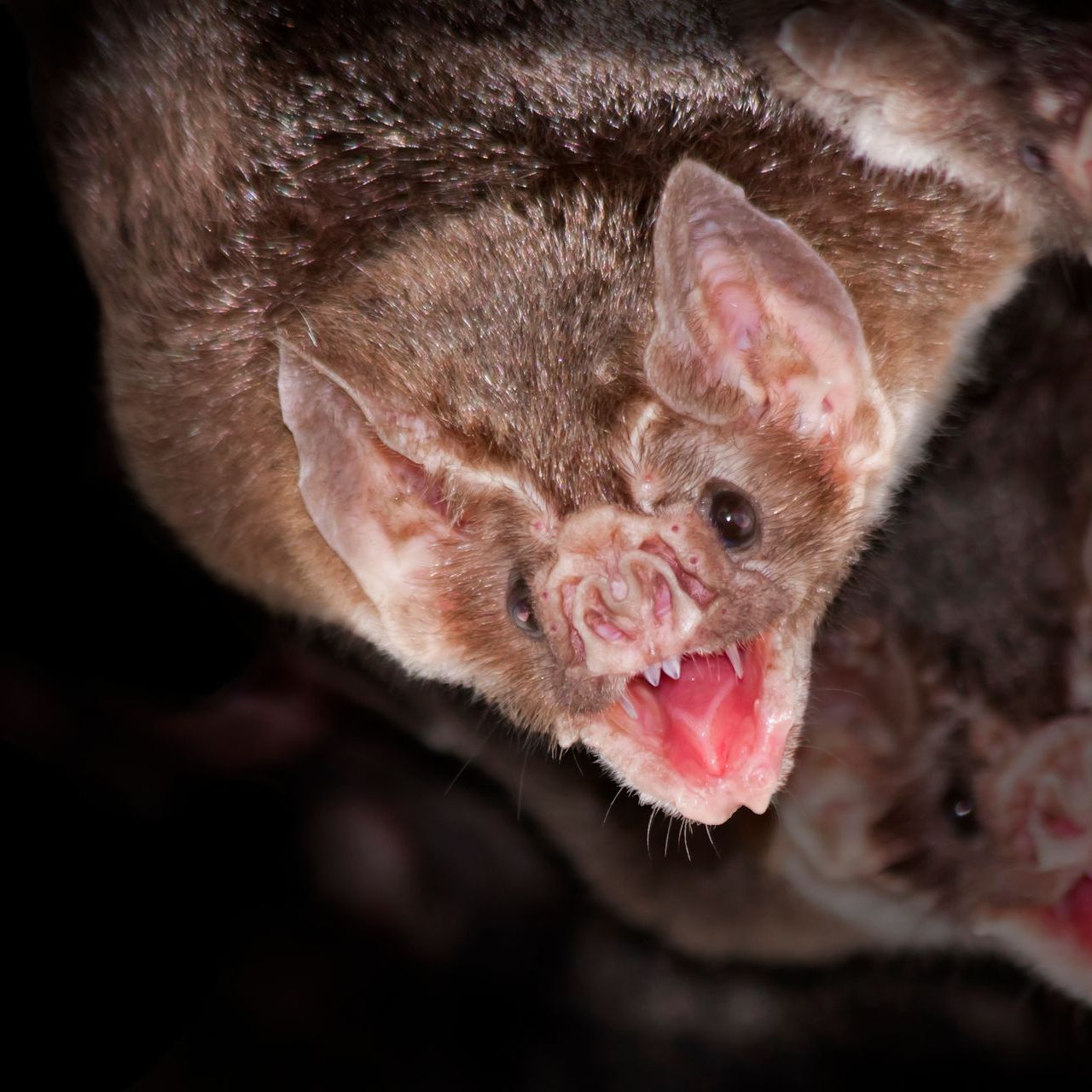
VAMPIRE BAT
Location: Found in Central and South America, from Mexico down to Argentina. They often live in caves, hollow trees, or abandoned buildings.
Fun Fact: Vampire bats drink the blood of livestock, but they only take small amounts and don't usually harm the animal.
photo by udiernst stock.adobe.com
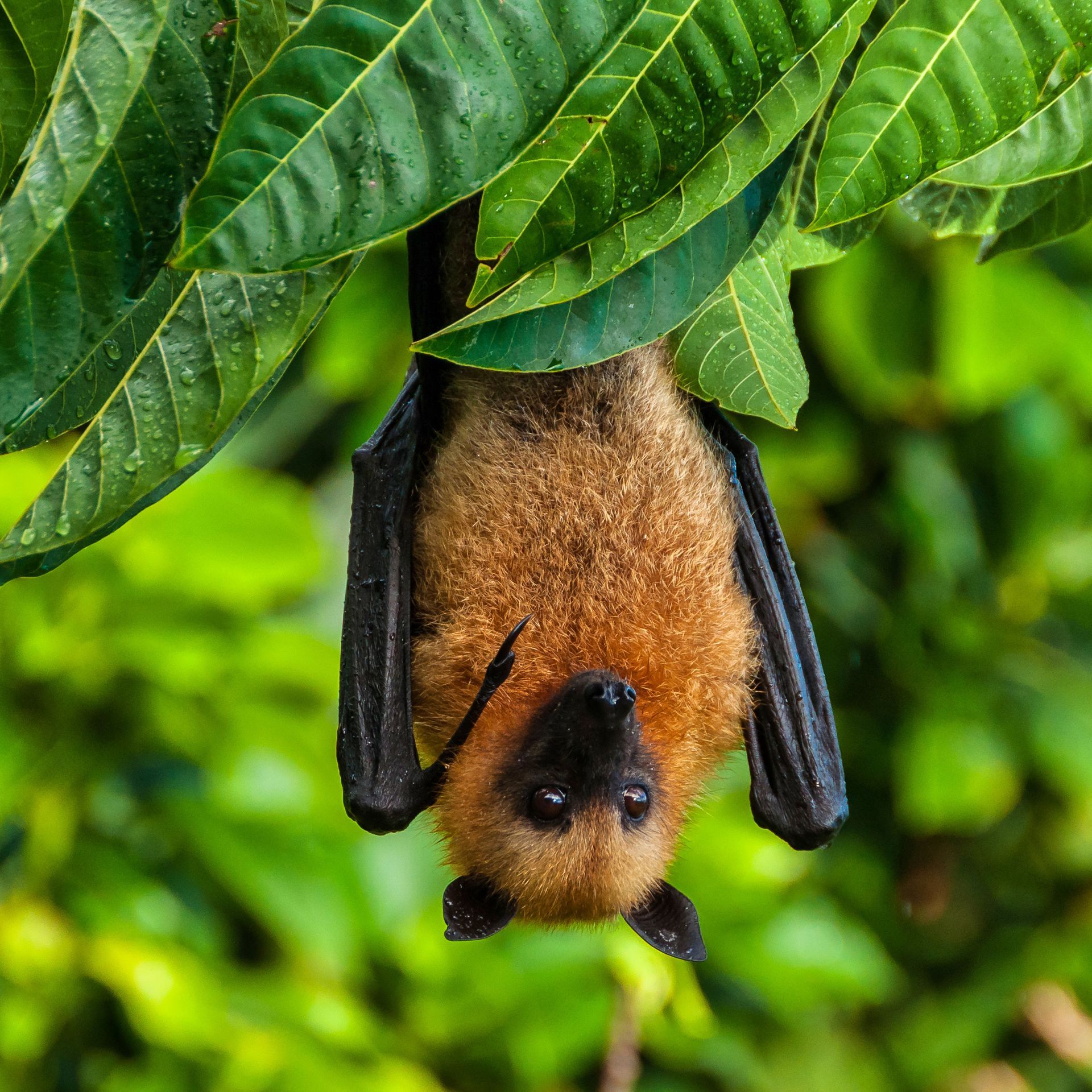
FRUIT BAT (FLYING FOX)
Location: Native to tropical and subtropical regions of Africa, Asia, and Australia. They thrive in forests, savannas, and sometimes even urban areas.
Fun Fact: Fruit bats help spread seeds and pollinate plants, playing an essential role in maintaining rainforests.
photo by pedro stock.adobe.com
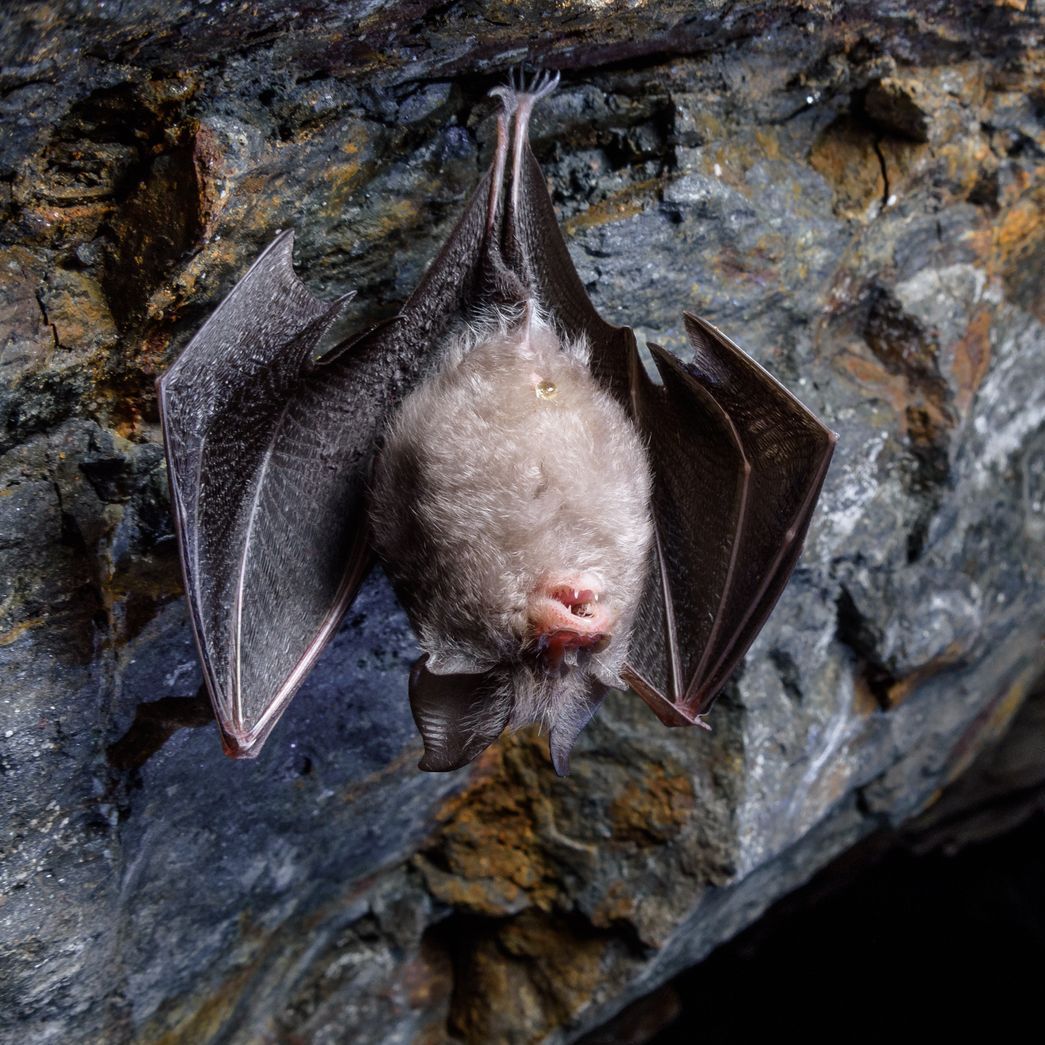
HORSESHOE BAT
Location: Found in parts of Europe, Asia, Africa, and Australia. They are named for the horseshoe shape on their nose, which helps them use echolocation.
Fun Fact: These bats use their strong sense of hearing to catch insects while flying.
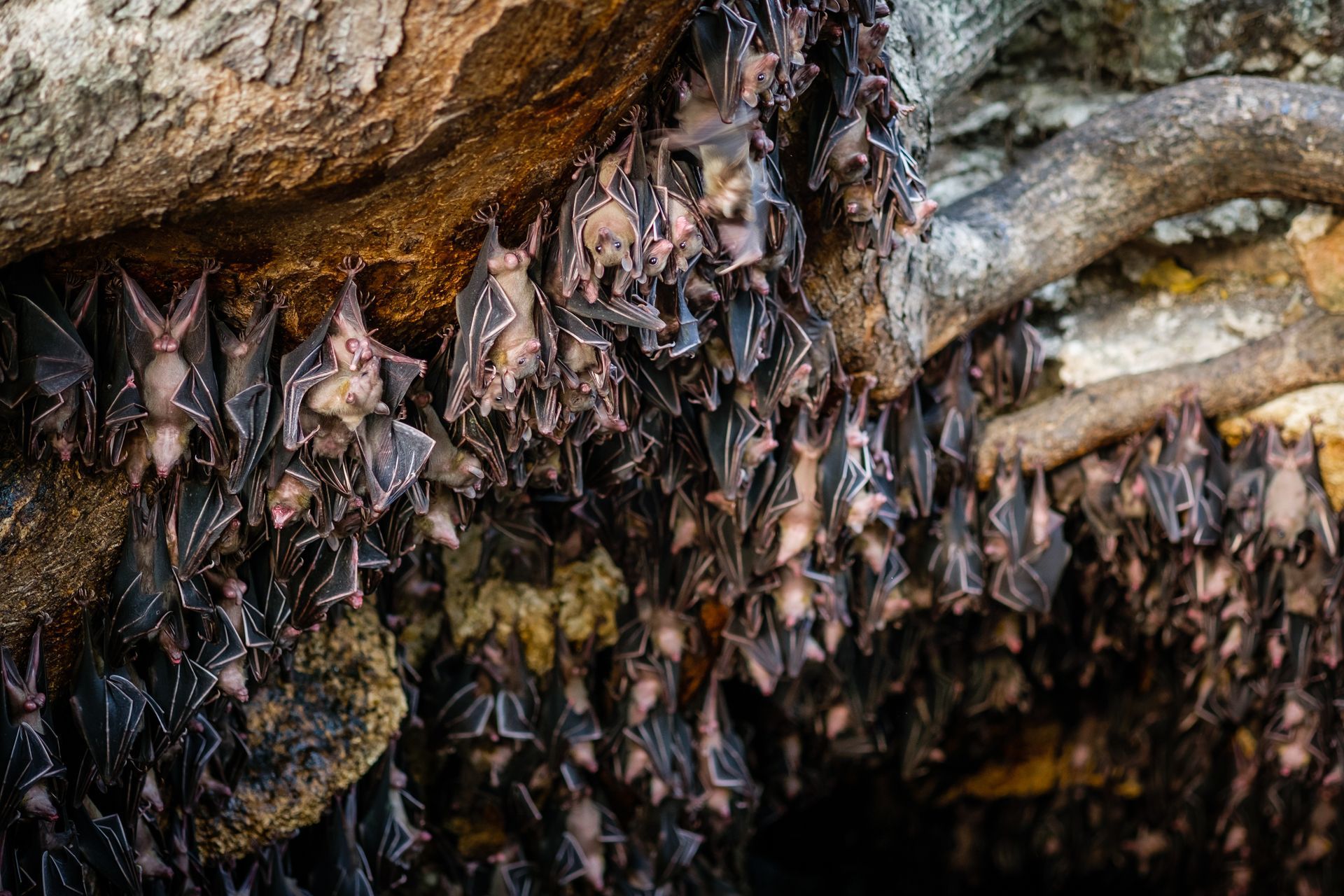
Bats can be found almost everywhere in the U.S., making their homes in various places like caves, abandoned buildings, and even trees! Some states, like Texas and Arizona, are havens for many different bat species. In Texas, you'll find the largest bat colony in the world at Bracken Cave, where millions of bats roost together! You might also spot bats in warmer states like California and Florida, where they often seek shelter in cozy nooks and crannies.
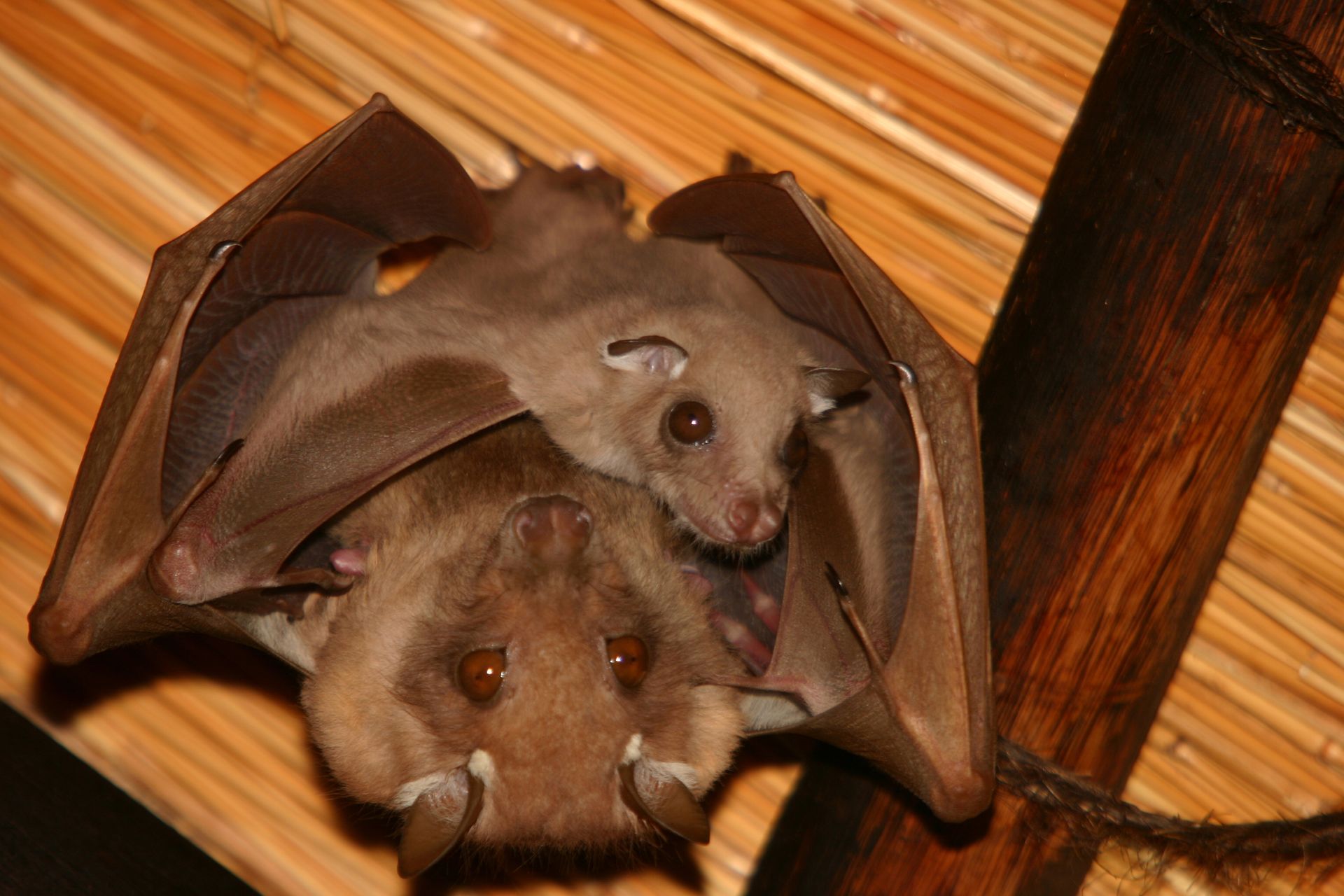
A baby bat is called a pup. Just like human babies, bat pups need their moms to take care of them. They’re born blind and without fur, so they stay close to their moms for warmth and food. Most bats only have one baby at a time, though some species can have twins. After a few weeks, pups begin learning how to fly, but they stay with their mom until they are strong enough to fly on their own!
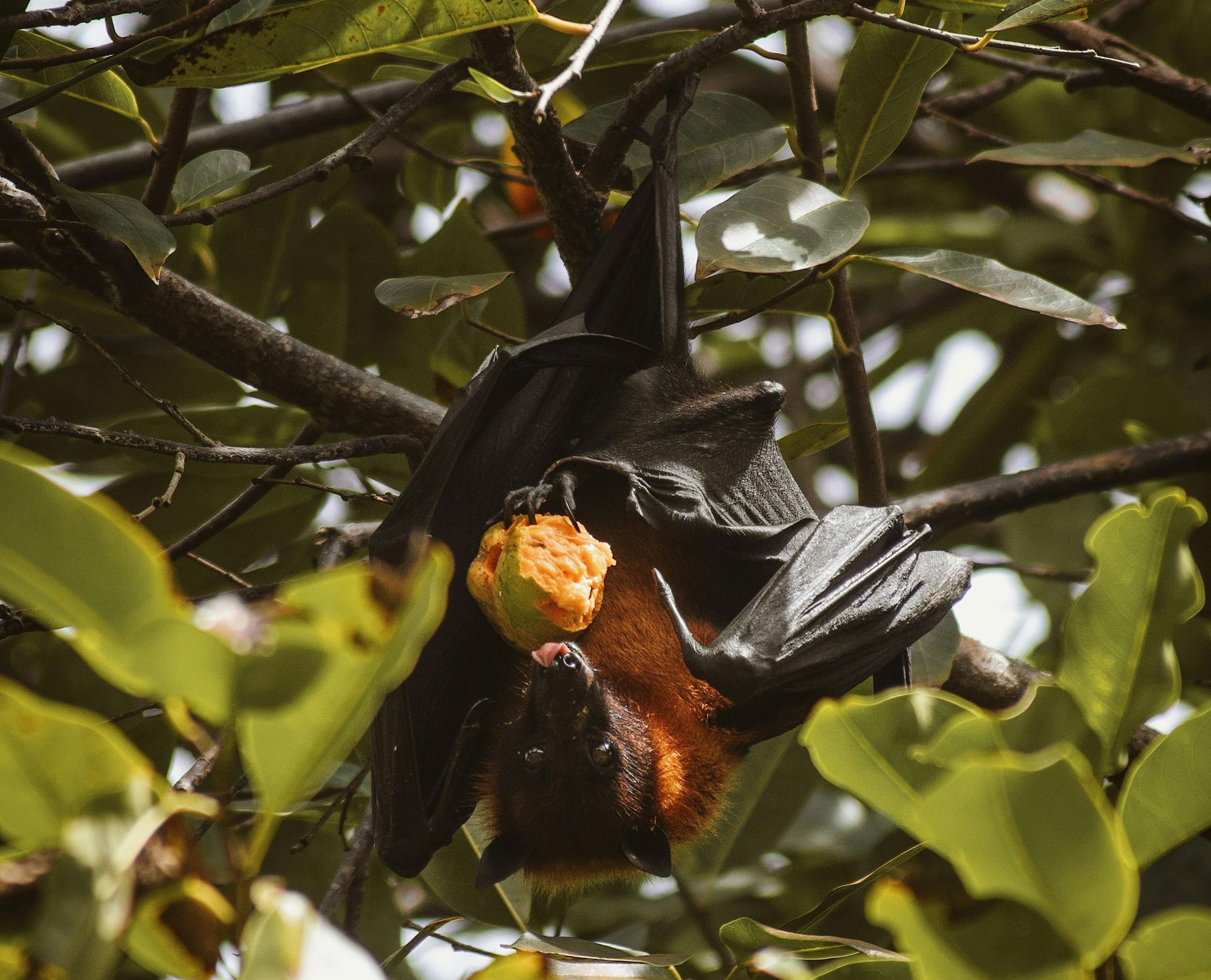
Bats are insect-eating experts! But not all bats eat bugs. Some bats, like the fruit bat, munch on fruits like bananas and mangos. There are also nectar-feeding bats, like the lesser long-nosed bat, which drink nectar from flowers, helping pollinate plants as they go.
Some species will travel long distances in search of food. For example, the Mexican free-tailed bat can fly up to 100 miles in a single night to find its meal! Their wings are made of skin stretched over long finger bones, which makes them super flexible and able to swoop and dive quickly to catch insects. This helps them survive and thrive in their habitats.
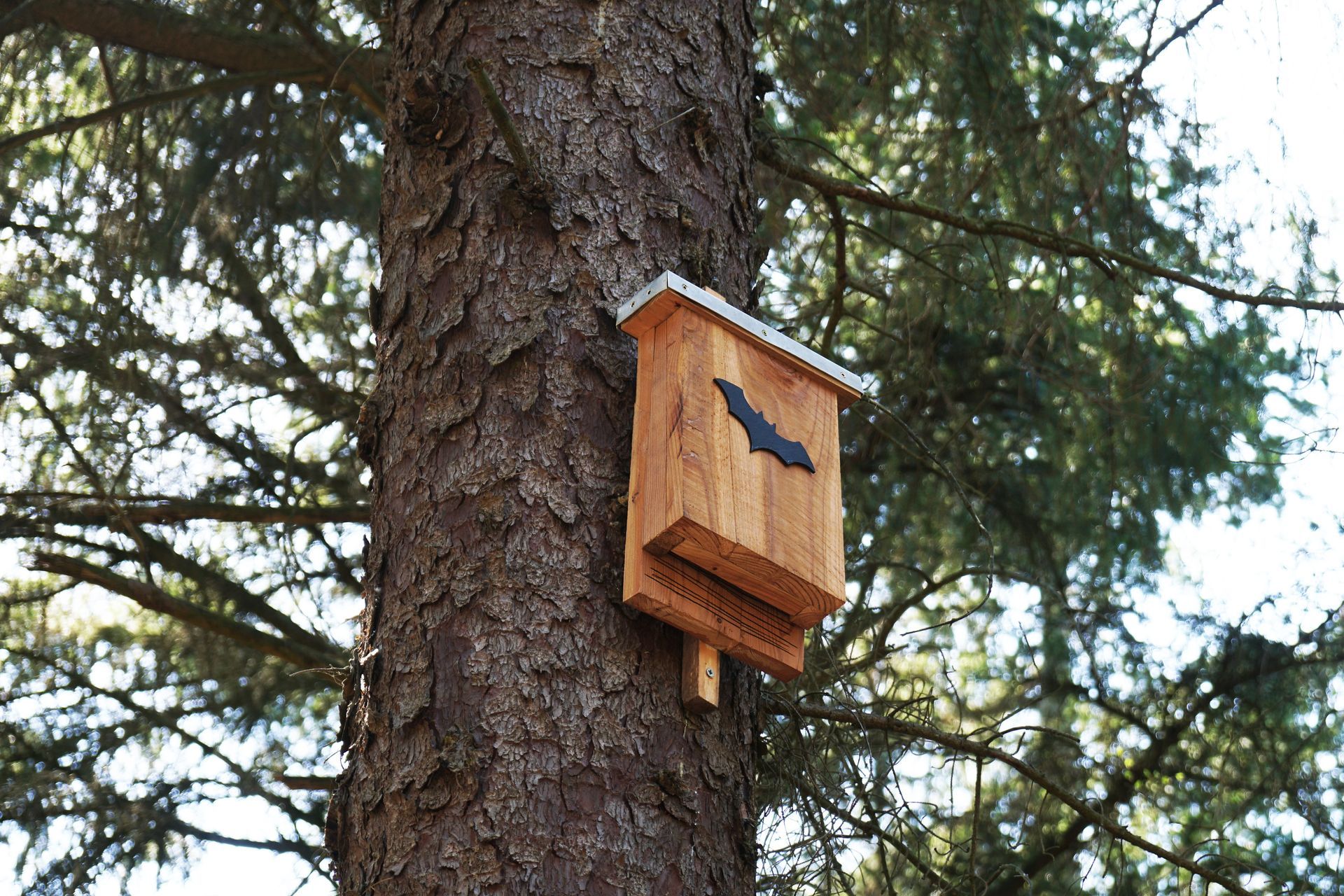
If you live in the U.S., you may have bats right in your backyard! Look for them at dusk, flying around like little acrobats as they catch insects in the air. You can make your yard more bat-friendly by putting up a bat house. This gives bats a safe place to sleep during the day. Don’t worry; they won’t bother you and will help keep pesky bugs like mosquitoes away!
It’s important to remember that while bats are helpful, you should never touch or try to catch one. Some bats can carry a disease called rabies, which can make you very sick. If you ever see a bat on the ground or acting strangely, tell an adult right away! Always let grown-ups handle wild animals to keep everyone safe. Bats are best admired from a distance!
